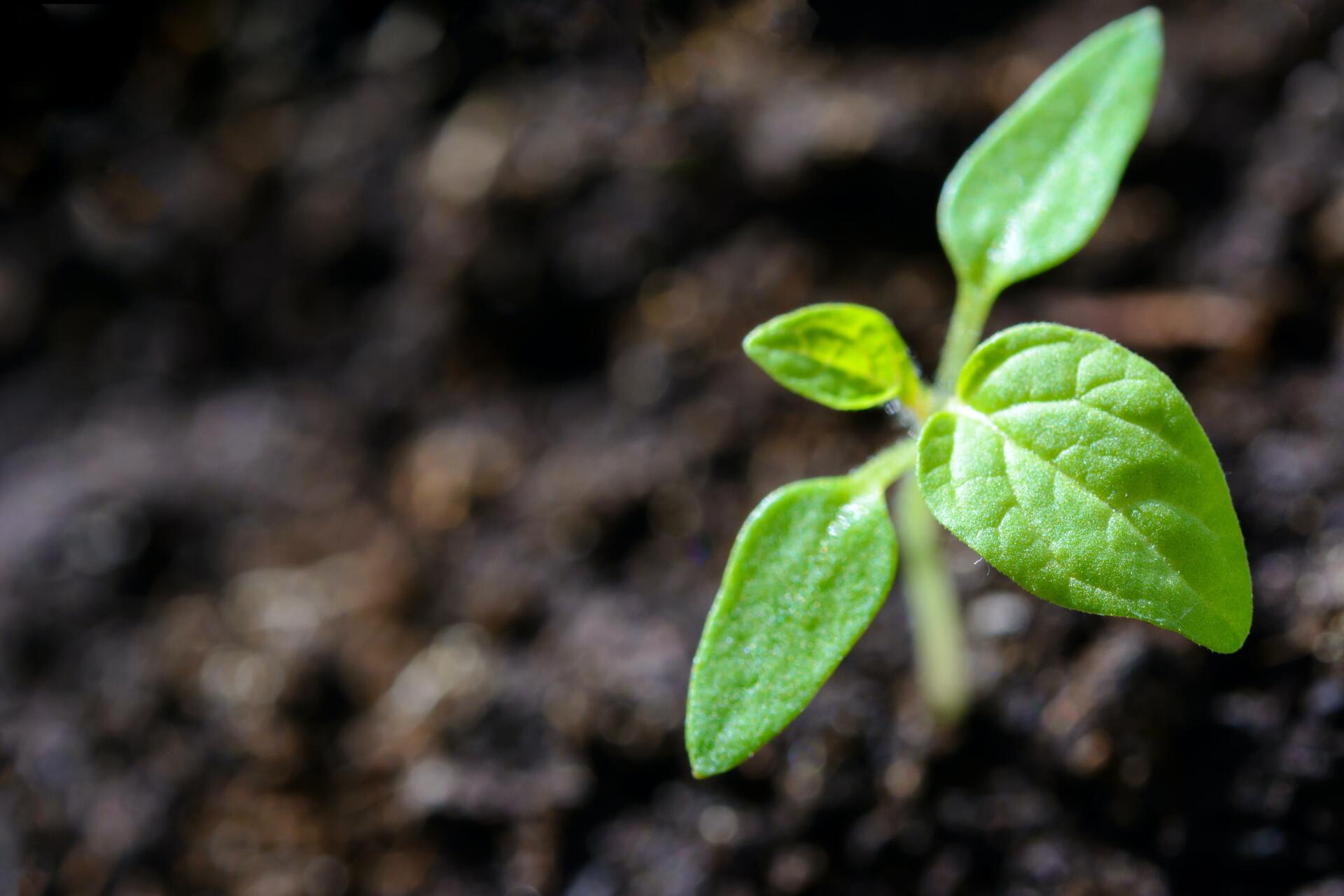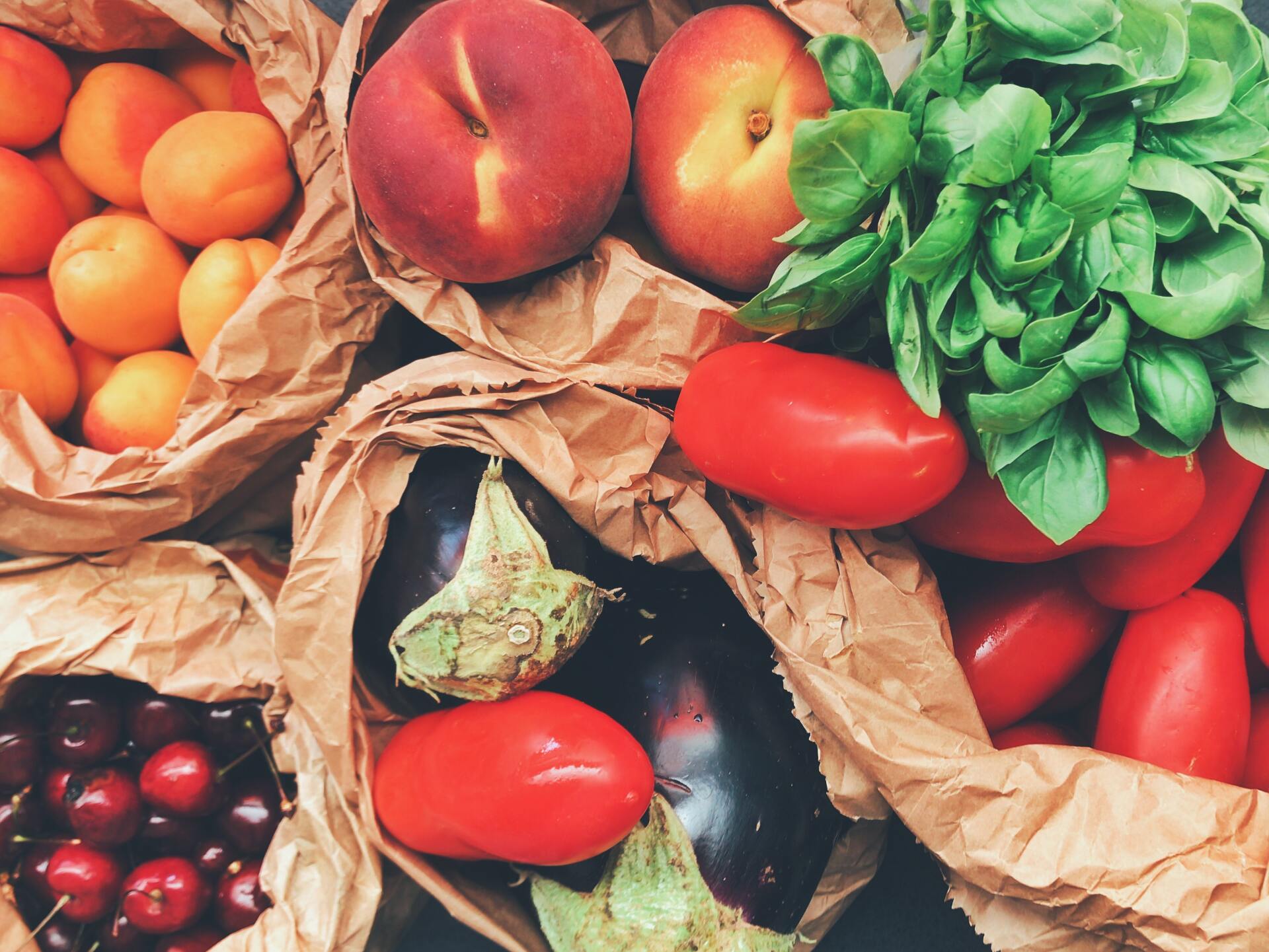The Power of Plants
Plants live in ecosystems just as animals do, so they must also defend themselves against predators and diseases. But unlike animals which can move away from danger, plants rely heavily on chemical weapons. We discovered some fascinating ways in which they do this and we're excited to share this with you!
Some plants attract allies that help them fight off predators. The acacia plant of Central America is known to have a symbiotic relationship with ants: the plant provides nectar and hollow thorns that can be used as nests and the ants protect their home against predators. A bacteria that colonizes the ants also inhibit pathogen growth on the acacia leaves. But the relationship goes deeper -- scientists have discovered an enzyme in the nectar of acacia trees that makes ants chemically dependent on their sugar, to the extent that they are unable to digest other sources of sugar. The tree's manipulation ensures that the ants are driven to defend it, since it is their only food source!
Other plants attract the enemies of their enemies. For example, some corn, cotton, and tobacco plants emit chemical compounds into the air, volatiles, when caterpillars eat their leaves. The volatiles are actually specific to the caterpillar pest attacking the plant, so they attract specific parastic wasp species (some wasps are very particular about which caterpillars they'll choose). The wasps lay their eggs inside the caterpillars, killing them. Wild tobacco uses a different approach to this method: it produces a sweet treat on its stems and leaves that scientists call the "evil lollipop" because it gives leaf-eating caterpillars a bad case of body odor. This smell lets lizards on the ground below the plant know that the caterpillars are available for an easy meal.
Yet other plants use a direct attack method by producing substances that are harmful for its predators. Tobacco plants, for example, produce nicotine which kills insects and has moderate to high toxicity for vertebrates. Caffeine, produced by coffee and tea plants, can paralyze and kill insects that eat their leaves. Another example: the neem tree, which grows in tropical India and Asia, protects itself from a variety of pests by producing approximately 25 compounds that repel insects and / or that disrupt their growth and reproduction.
Our curiousity led us to ask the question: do the fruits and vegetables that we eat contain compounds that protect plants too? The answer is YES!
Plants produce phytochemicals that protect them against viruses, bacteria, and fungi or other dangers, and for us, these same phytochemicals may act as antioxidants, nutrient protectors, prevent cancer-causing agents from forming, or give us relief from ailments.
Beta carotene, for example, helps plants to capture solar energy and prevents too much energy from harming their cells. For us, once eaten, it helps us to synthesize Vitamin A, which is required for sight. Lignins, found in flax seed and whole grain products, makes plant cell walls stronger, helps to transport minerals in plants, and is an important barrier that protects plants against insects and pathogens. For us, lignins are an antioxidant, and antioxidants may help protect our cells from damage caused by free radicals, which are produced by our body when we break down food or are exposed to tobacco smoke or radiation.
Incidentally, vitamins C and E and carotenoids are also antioxidants and you guessed it, they are found in tomatoes, parsley, citrus fruit, brussel sprouts, spinach, nuts, seeds, etc. And so it follows that a balanced diet that includes fruits and vegetables promotes good health. It's not just the vegetarians and vegans who can benefit from a plant-rich diet!
References and Resources:
- https://www.sciencedaily.com/releases/2014/01/140115113243.htm
- https://www.nationalgeographic.com/animals/article/131106-ants-tree-acacia-food-mutualism
- https://agresearchmag.ars.usda.gov/1998/oct/sos/
- https://www.cbc.ca/kidscbc2/the-feed/the-secret-world-of-plants
- https://www.sciencedirect.com/science/article/pii/B9781483227382500125
- https://blogs.scientificamerican.com/scicurious-brain/plants-give-bees-a-caffeine-buzz/
- https://www.ncbi.nlm.nih.gov/books/NBK234643/
- https://stanfordhealthcare.org/medical-clinics/cancer-nutrition-services/reducing-cancer-risk/phytochemicals.html
- https://blogs.scientificamerican.com/guest-blog/phytochemical-pharmacy-the-healing-potential-of-plants/
- https://www.ncbi.nlm.nih.gov/pmc/articles/PMC5855557/
- https://www.mayoclinic.org/healthy-lifestyle/nutrition-and-healthy-eating/multimedia/antioxidants/sls-20076428
- https://stanfordhealthcare.org/medical-clinics/cancer-nutrition-services/reducing-cancer-risk/phytochemicals.html






